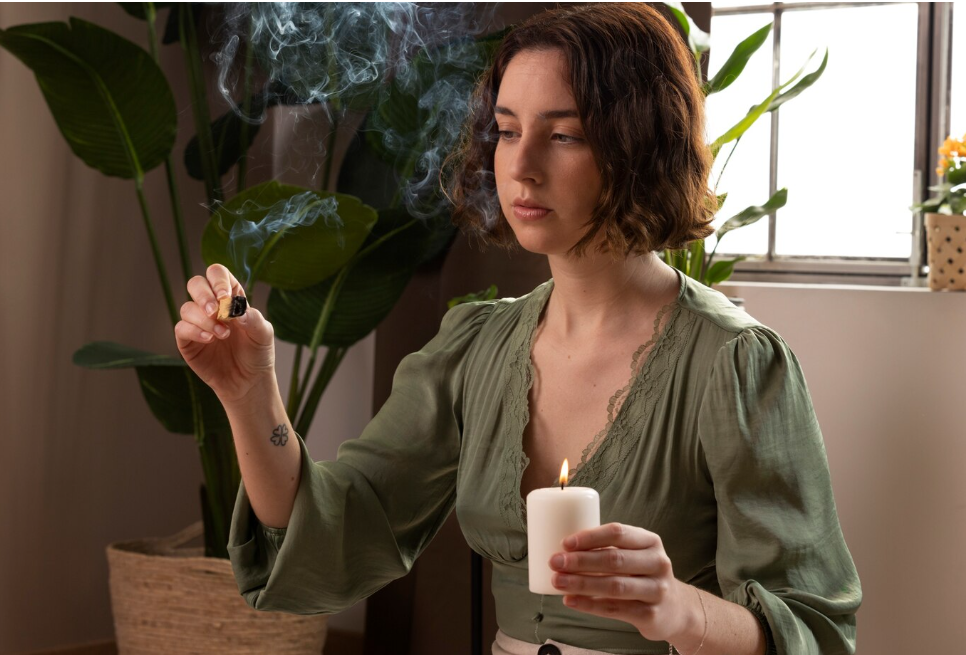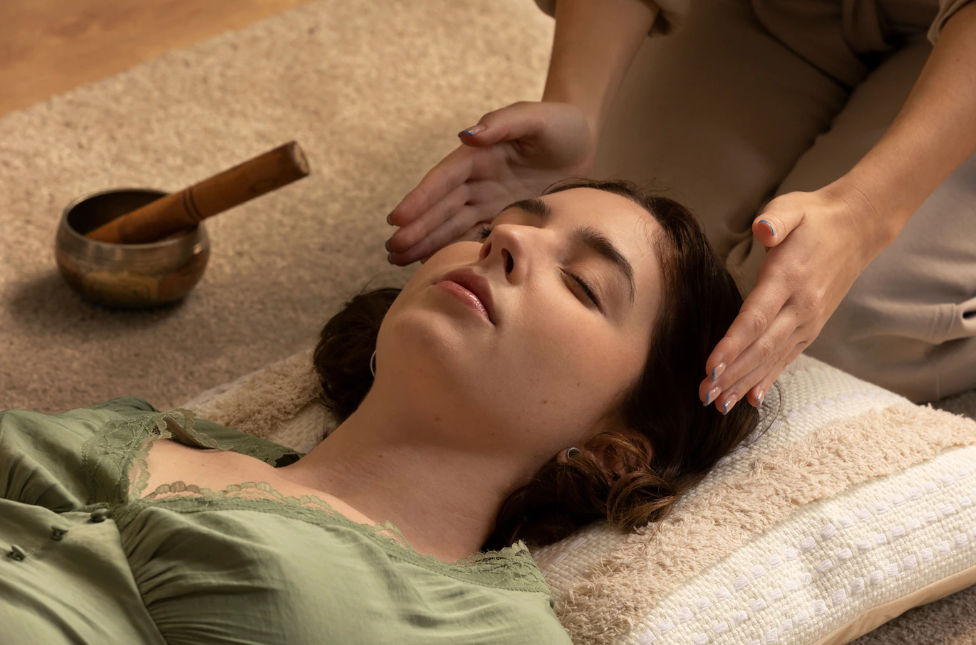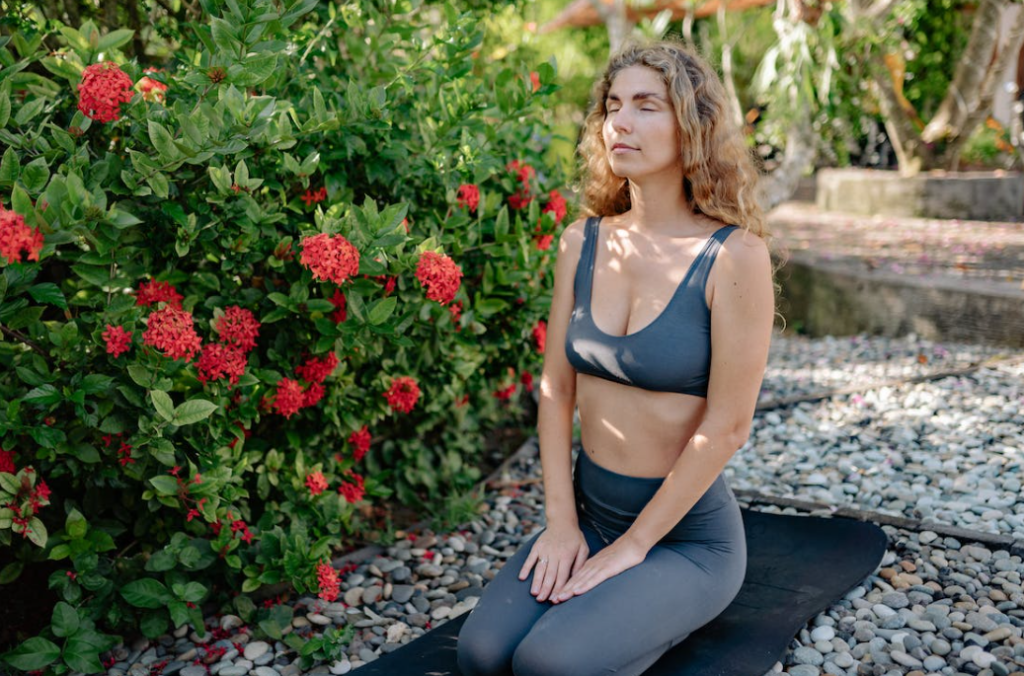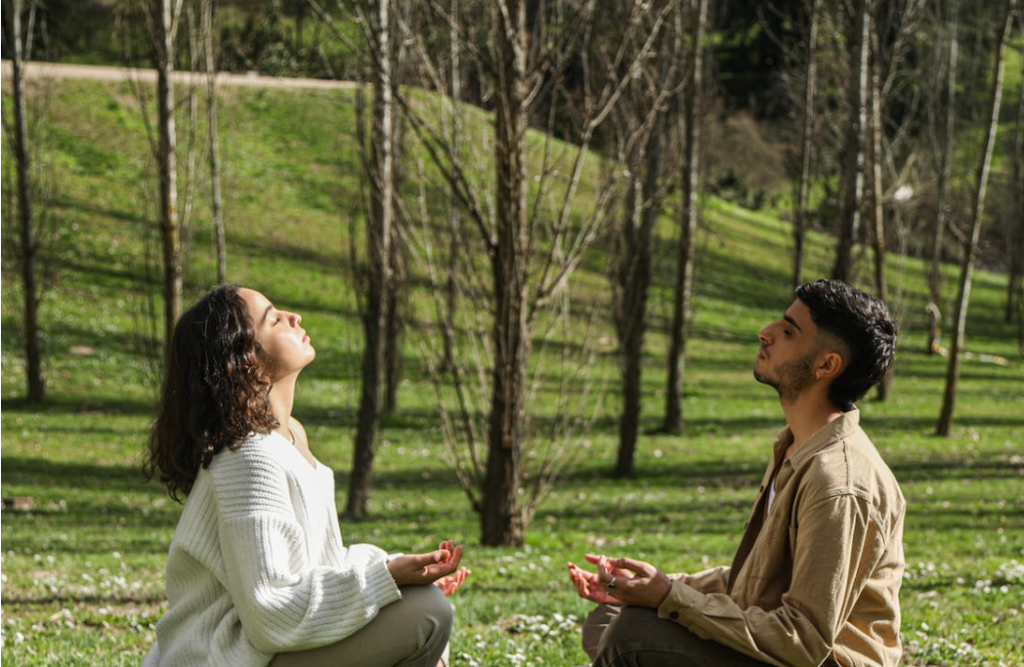Meditation For Beginners
Learn about meditation for beginners to find the best meditation position for you.

Selfpause Affirmation App
Download the app to get 1,000’s of affirmation meditations and everything you need to write, record and listen to your own.
There are several different forms of meditation, but whichever you choose, you must be consistent. You must also keep your body in mind while meditating. If you get stuck in one position, switch it up and try other positions. This will help you to find the best meditation position for you. It is also important to find a quiet place to practice meditation.
Guided meditation

Guided meditation is a technique that helps you learn how to meditate. It works by using a narrator to guide you through a specific mental journey. This method can help you develop a deeper meditative state and achieve better results. This method is particularly useful for beginners who may be hesitant about meditating.
To get started, it is best to take a few minutes every day and commit to doing a three-minute meditation. This is an excellent starting point for beginners, and you can gradually build your practice over time. There are several meditation apps available on the Google Play Store and Apple App Store, which you can download for free. Most of them offer a trial version that lets you try the app first. If you find it useful, you can then move on to the paid version.
There are many benefits to guided meditation. It can help you change habitual patterns and change negative thinking. It reprogrammes the mind to think more positively while increasing persistence. The guide may teach you positive affirmations, or he or she may teach you to never give up.
Alternative nostril breathing

Alternate nostril breathing is a simple breathing technique for beginners that helps calm the nervous system and clear the mind. You can practice it anywhere and at any time. You can also use essential oils or incense to enhance the experience. A warm herbal tea or candle is also a great accompaniment. You can even do this meditation exercise outside during the warmer months.
The first step in practicing alternate nostril breathing is to focus on your breath. Breathe in for four counts, and then exhale for six or eight counts. As you become more advanced, you can increase the length of your breaths, and even add breath retention. To learn this technique, you can take a video lesson or learn it from a yoga instructor.
Focusing on the body

One simple technique for meditation beginners is to focus on the body. This practice involves focusing your attention on the different parts of your body and feeling them. You can focus on one part of the body at a time or scan the entire body in sequence. This can be done for as long as you need. Once you’ve finished the whole body scan, you can focus on a particular part and explore its sensations.
Focusing on the body can be difficult at first, but it’s essential to do it correctly in order to reap the benefits of meditation. The first step is to relax your body and mind by focusing on the breath. Try to remain as still and relaxed as possible, and keep your eyes slightly open. Try not to focus on your thoughts too much, but simply notice how you feel.
Finding a quiet space

The first step to finding a quiet place to meditate is to decide on a location where you can be alone and without interruptions. This space doesn’t have to be a whole room or even a closet. A divider helps you create a quiet space by blocking out the rest of the house. Ideally, you should also keep the space as clutter-free as possible. This will help you to create a quiet mind and induce a state of relaxation.
Another consideration is the time of day you would like to meditate. This may vary from person to person, so it’s important to decide which time of day is best for you. You may meditate at different times throughout the day, but mornings and evenings are typically quieter.
Developing a new habit
One of the best methods for creating a new habit is to establish a regular time to practice meditation. For some people, this is right after work, while others may need to set aside some time in the morning or right before bed. It’s also a good idea to have an accountability partner who will encourage you to make your new habit a priority.
When you first begin meditating, you may feel uncomfortable or unsure of yourself. Fortunately, meditation is a very relaxing and enjoyable process that can calm the mind and help you feel more at peace. It is important to remember that meditation is a process of watching your thoughts without judging yourself. During the first few times you practice, you may experience an endless stream of judgments and thoughts. Don’t let this stop you from achieving the benefits of meditation.
Our Top FAQ's
Meditation is a mental practice in which an individual focuses their attention on a particular object, thought, or activity to train their mind to become more present, aware, and calm. It can involve a variety of techniques, such as sitting in a quiet place, focusing on one’s breath, repeating a mantra, or engaging in mindful activities like walking or coloring. The goal of meditation is to quiet the mind, increase self-awareness, and cultivate a sense of inner peace and clarity.
If you’re new to meditation, here are some steps to get started:
- Find a quiet, comfortable place where you can sit or lie down.
- Choose a time when you are awake and alert, but not rushed or stressed.
- Set aside a few minutes to start, gradually increasing the length of your meditation sessions as you become more comfortable.
- Find a comfortable position, either sitting upright on a cushion or in a chair, or lying down. Make sure your spine is straight to help you stay alert and focused.
- Focus your attention on your breath, a mantra, or an object. When your mind wanders, gently redirect your focus back to your chosen object of attention.
Some common benefits of meditation for beginners include reduced stress and anxiety, improved concentration and focus, better sleep, and increased self-awareness and mindfulness. Many people also report feeling more relaxed and grounded after meditating.
There are many different techniques and types of meditation, and the best one for you as a beginner may depend on your goals and personal preferences. Some common types of meditation include mindfulness meditation, focused attention meditation, and loving-kindness meditation. It may be helpful to try out a few different techniques to see which one works best for you.
To make meditation a regular part of your daily routine as a beginner, it can be helpful to set aside a specific time and place for your practice. It may also be helpful to start small and gradually increase the length of your meditation sessions as you become more comfortable. Some people find it helpful to establish a daily meditation ritual, such as lighting a candle or incense before they begin. Finally, it can be helpful to enlist the support of a friend or meditation group to help keep you motivated and accountable.
